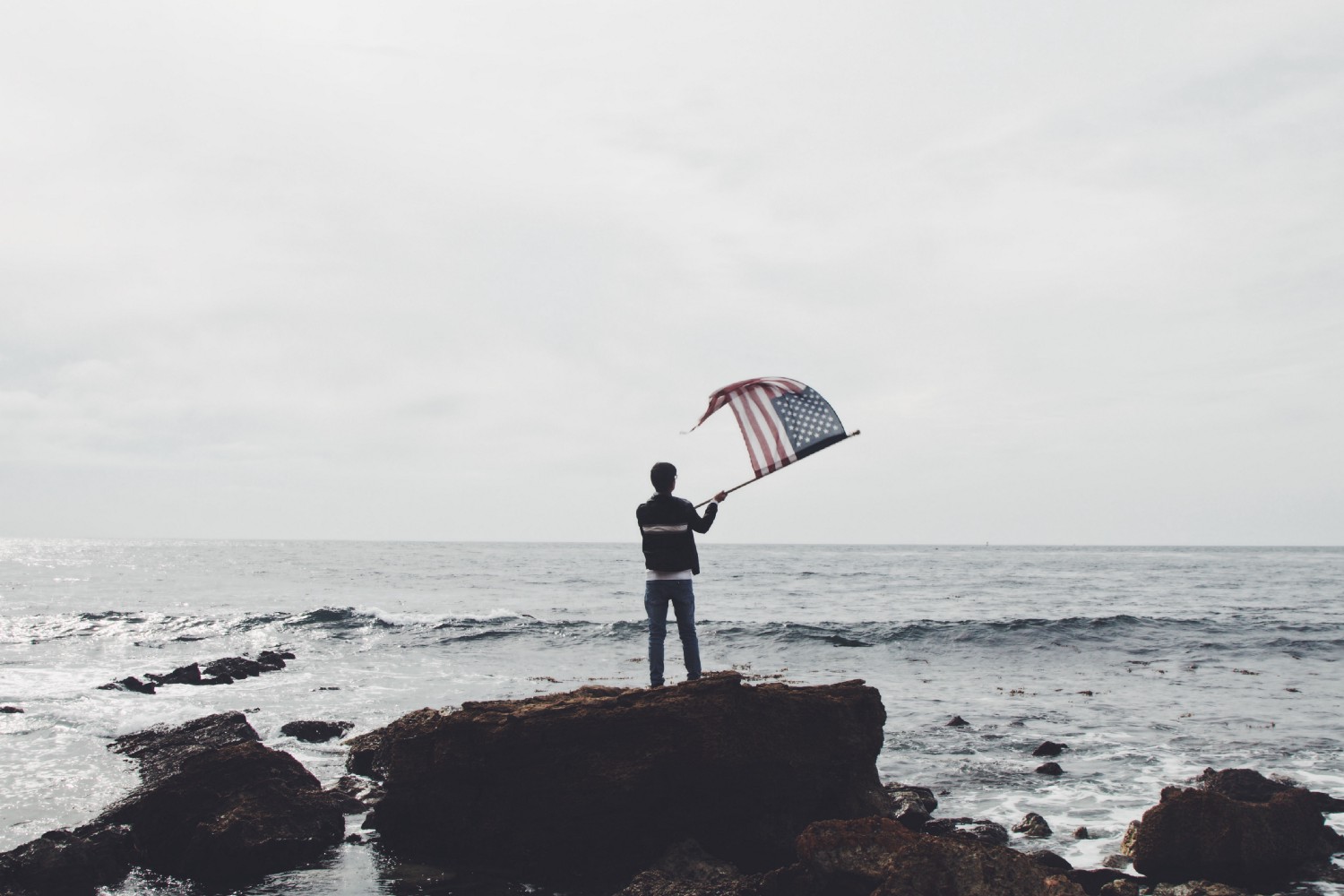Despair is defined in the dictionary as “utter loss of hope.” That feeling is not only beginning to define the lives of many Americans, new research indicates, but it’s claiming them, too.
What social scientists group as the “deaths of despair” — those stemming from alcohol-related disease, suicide and drug-related disease and overdose — are on a massive, tragic uptick. Over the past decade, more than a million American lives have been lost this way, more than the population of San Francisco. As Princeton economists Anne Case and Angus Deaton detailed in a paper released Thursday, these deaths of despair are decimating one demographic group in particular: the white working class.
With devastating detail, Case and Deaton show that this is a particularly American, particularly white, particularly working-class problem. In 1990, the U.S. had fewer deaths of despair than either France, Germany or Sweden. European rates have stayed stable until today but they’ve doubled in the U.S. since 2000. In 1999, whites aged 50 to 54 with only a high school degree had a 30 percent lower mortality rate than blacks in the U.S.; by 2015, it was 30 percent higher.
There are personal, identity-level issues at work here. Through extensive interviews with American and Israeli job seekers, University of Massachusetts sociologist Ofer Sharone has found that Americans see themselves as flawed when they can’t find a job, while Israelis think it’s the system that’s flawed. The issue’s not going away: According to the latest figures from the Bureau of Labor Statistics, 1.8 million Americans are in long-term unemployment.
Case and Deaton argue that deaths of despair relate to what they call “cumulative deprivation,” or the snowballing effect of economic and social instability. That includes several converging trends, ranging from a flattening “return on experience” for wages, meaning that you don’t get financially rewarded for working more years, to the rise of cohabitation rather than marriage for romantic partners — which leads to less stable relationships in the U.S, but interestingly, not in Europe. The opioid crisis compounds this: reportedly half of unemployed men in the U.S. are on some sort of painkiller. Meanwhile, OxyContin, America’s most popular painkiller, has done a reported $31 billion in sales since launch.
Despair has a political angle, too. Penn State demographer Shannon Monnat has found that the counties with the most deaths of despair were the most likely to see Donald Trump get more votes in this past election than the previous Republican presidential candidate, Mitt Romney. Drugs, alcohol and suicide “are like canaries in the coal mine,” Monnat tells Thrive Global. “They’re there in your face, and are indicators of all sorts of declining social and economic conditions.” In a way, what’s happening here is American individualism gone awry, she says. The national messaging that people should go it alone in life rather than relying on others has gotten us into several kinds of trouble, and the deaths of despair are one of them.
It’s only human to want these trends to change. But Case and Deaton are cautious; they write that it’s going to take years to reverse these cumulative, intergenerational effects. Still, there are immediate policy steps to be taken; Deaton recently told the Atlantic that the easiest first step would be confronting the opioid epidemic. “People who die of opioid overdoses are not trying to kill themselves,” he said. “It really is this business where if you relapse, you die. And that’s not true for alcohol or other things.”
Guns mirror opiates in that way. Suicide, another death of despair, is enabled by firearms. In 2010, according to a Harvard Public Health report, 19,392 people killed themselves with guns, almost double the 11,078 killed by guns fired by other people. While the most common method for attempting suicide is intentional drug overdose, that only kills three percent of the time; guns kill 85 percent of the time. Men are also more likely to attempt suicide by gun, meaning more men die by suicide.
Gender frames despair and its diseases and deaths in other ways, too. As Claire Cain Miller has reported for the New York Times, many of the jobs that are being created are care-oriented, like nursing or in-home assistance for the elderly. Many working class men just aren’t interested, since these jobs consist of what’s traditionally considered “women’s work.” It’s the strictures of masculinity, says Monnat, the Penn State sociologist and demographer. “In strong working class, blue collar communities, work has historically been about a paycheck, as well as a symbol of status — identities are wrapped up in jobs,” she says. “For men who grew up in these communities, where men did physically demanding jobs, there was satisfaction in doing physically difficult work, even if the paychecks weren’t huge.”
There are issues with how diseases of despair are studied, too, and how that scholarship influences policy. Like Neil Irwin noted in the Times earlier this week, Washington considers economists to be the most trusted sources for understanding how society works. But economists don’t exactly have exhaustive knowledge of the nature of society, and the phrase “deaths of despair” shows that this isn’t purely a monetary issue, it’s a psychological and sociological one as well. Addressing it will require not just a squadron of chief economists, but psychologists and sociologists too. “The risk is that when every policy adviser is an economist,” he observes, then every problem looks like an issue stemming from “per-capita gross domestic product” or some other wonky economic indicator, glossing over more subjective, psychological explanations. If we’re going to get a more cohesive understanding of how despair (and mental health and addiction and social isolation) are wounding American lives, it will require more research disciplines talking to each other and people in power listening to them.
But these aren’t just unwieldy policy issues to be tackled by Washington. A 2016 study in SSM — Population Health found that when social cohesion goes up, mortality goes down, especially for women. Monnat takes this as a lesson: It’s not that everybody should move into a commune, she says, but try to lead a more collective, collaborative way of life. “What the sociological research really shows is that places with strong social networks, strong social cohesion, community trust, and opportunities to interact with your neighbors, those places have much stronger outcomes,” she says, in terms of greater happiness and well-being and lower mortality and crime rates. If despair happens in isolation, then hope calls for collective action.
Originally published at journal.thriveglobal.com


